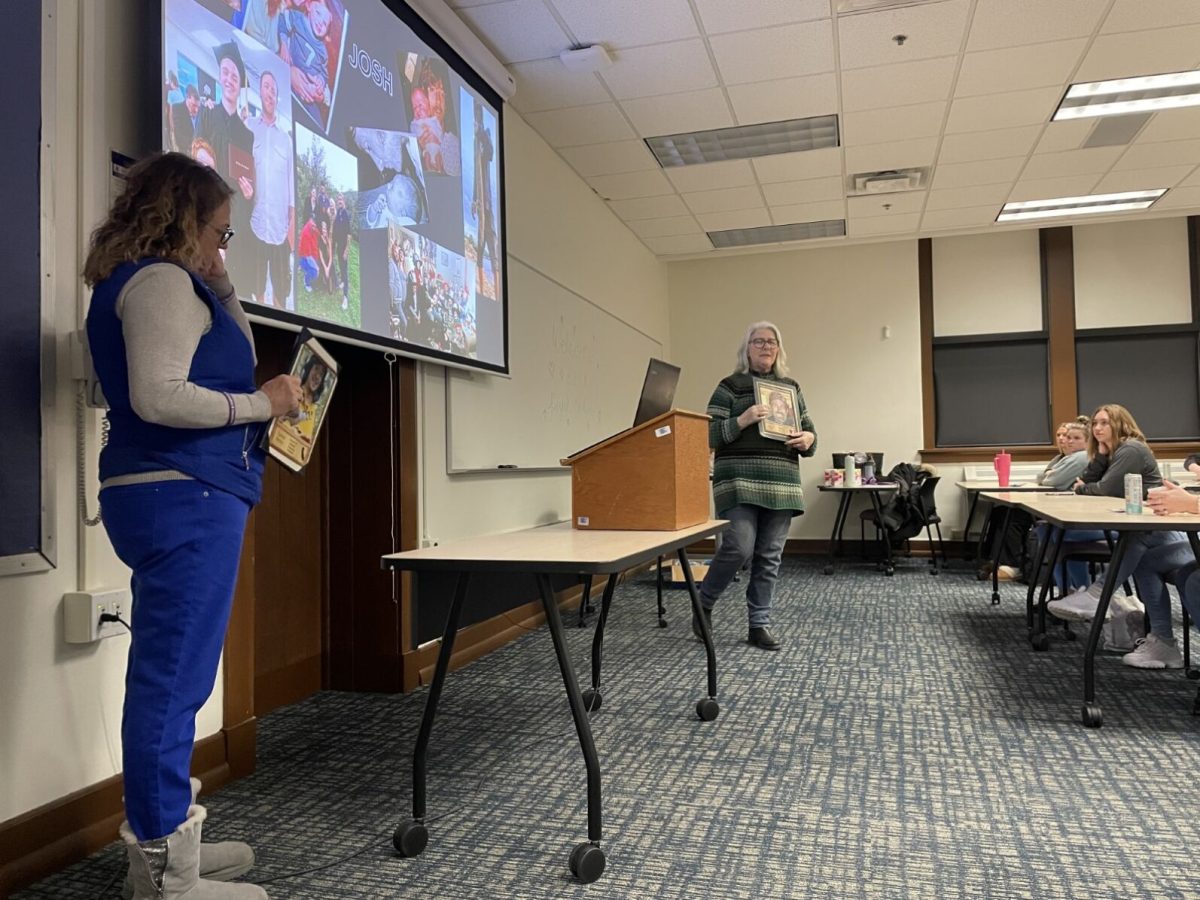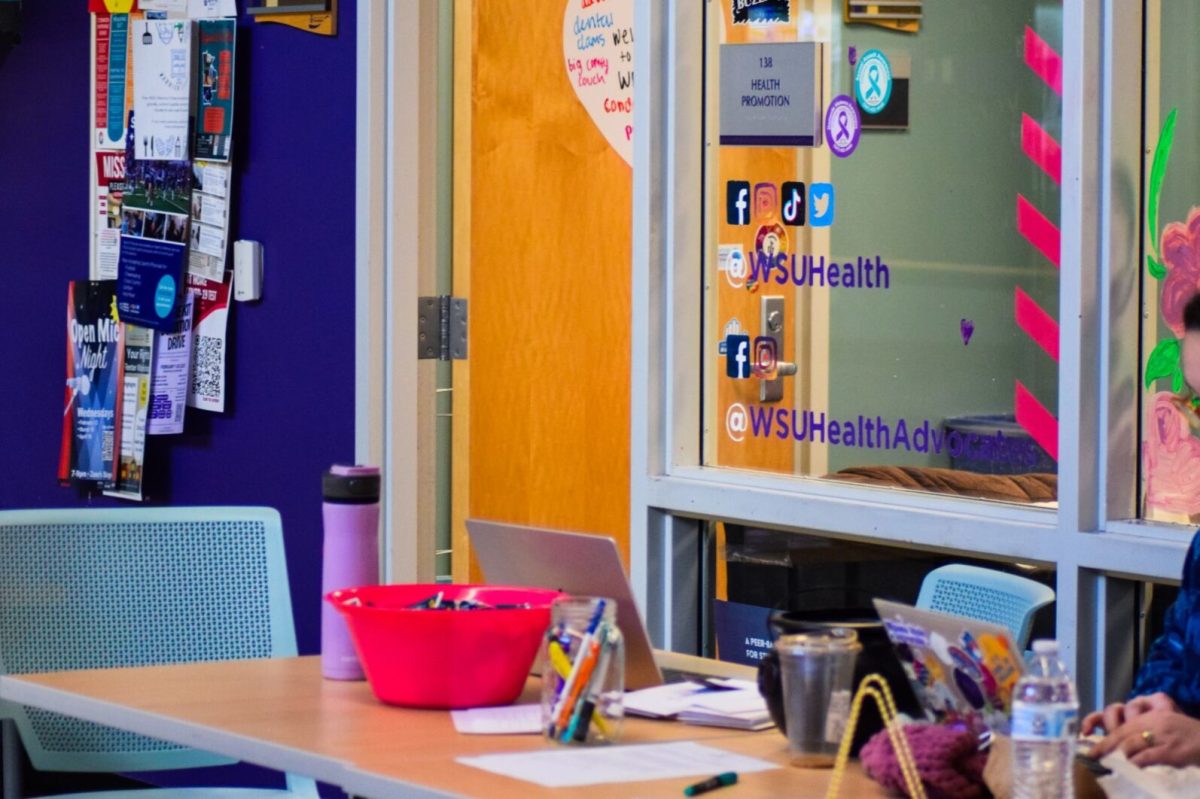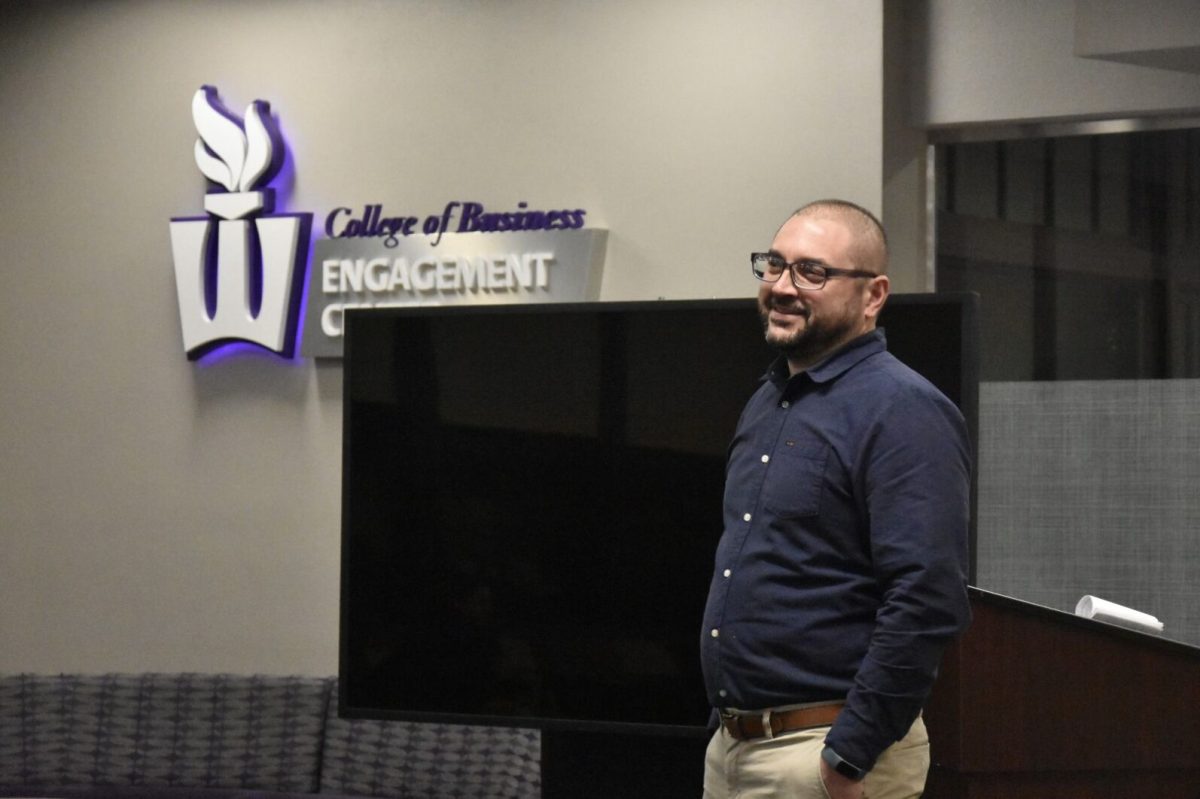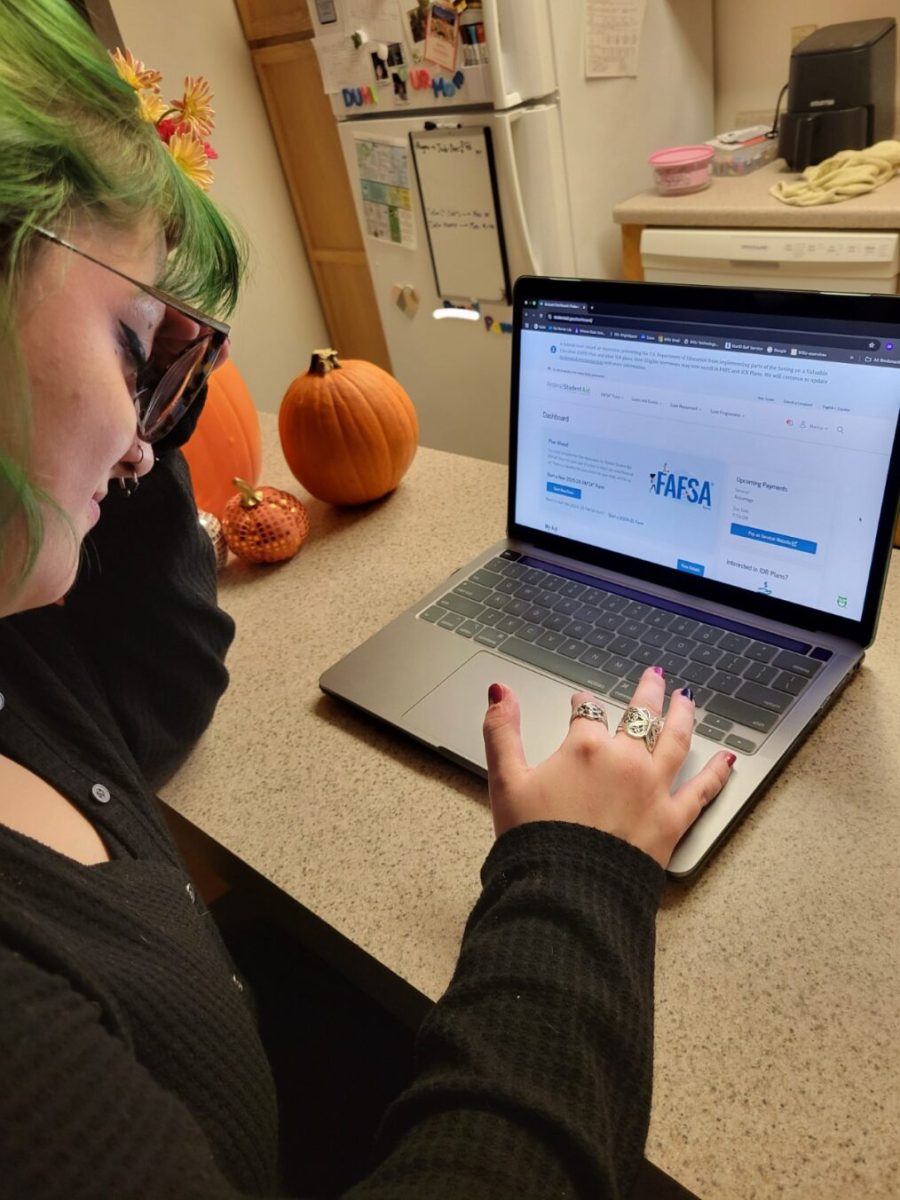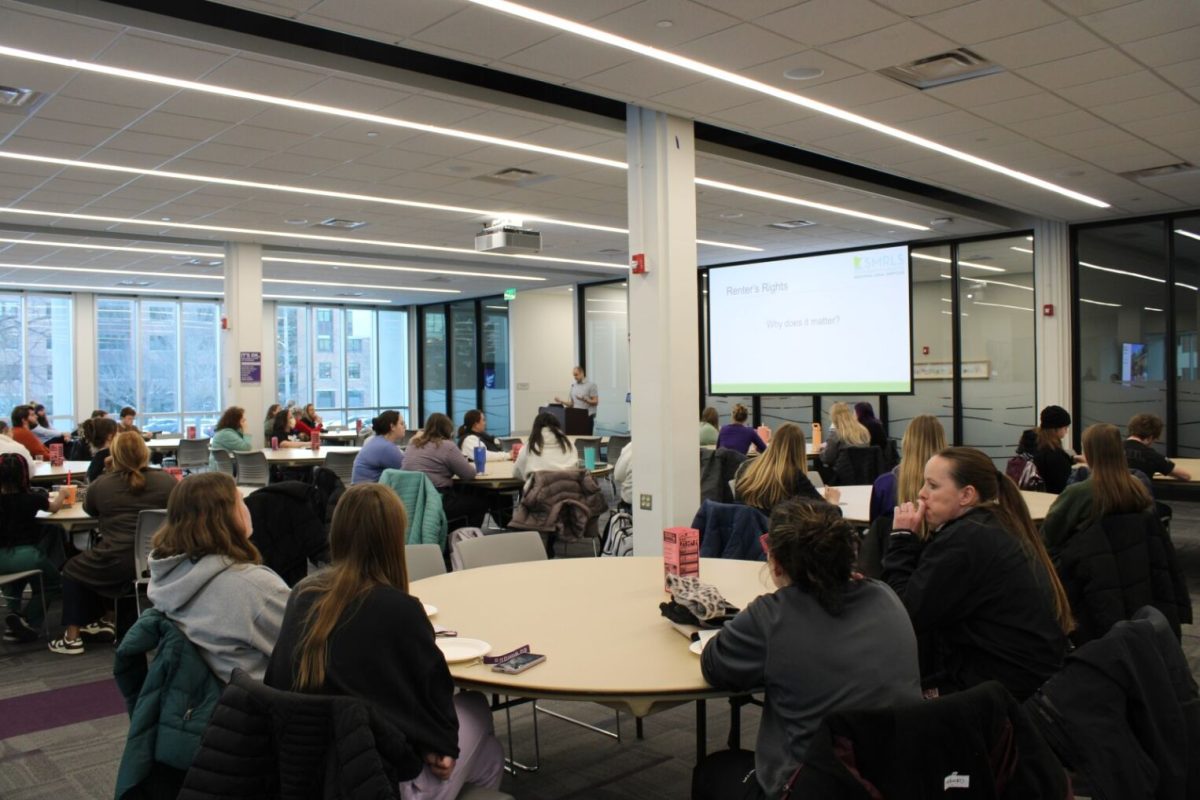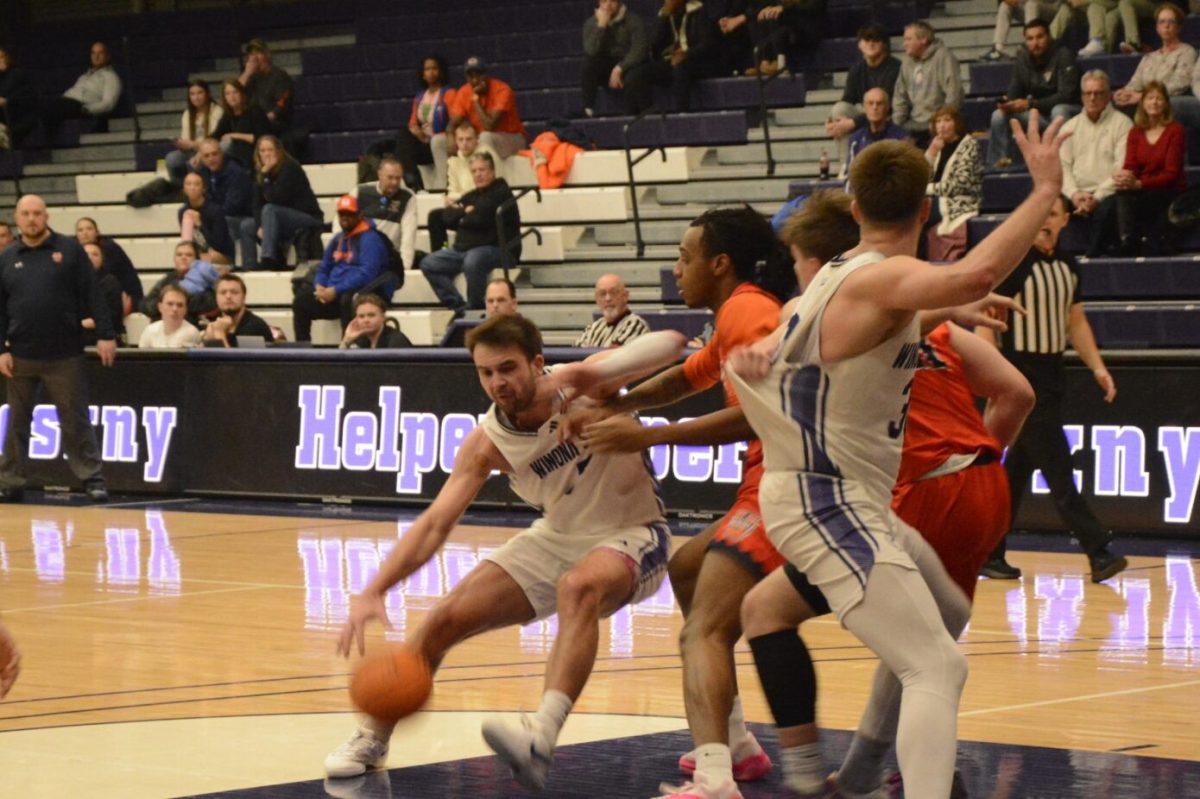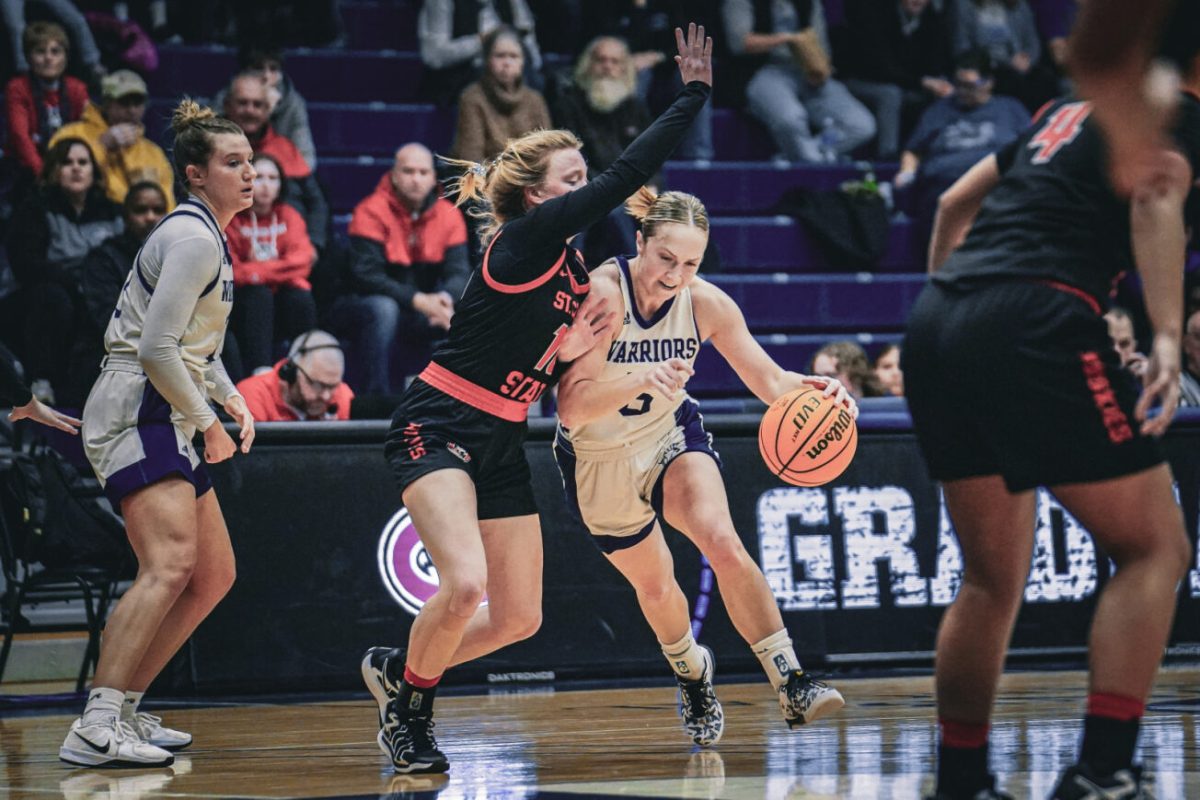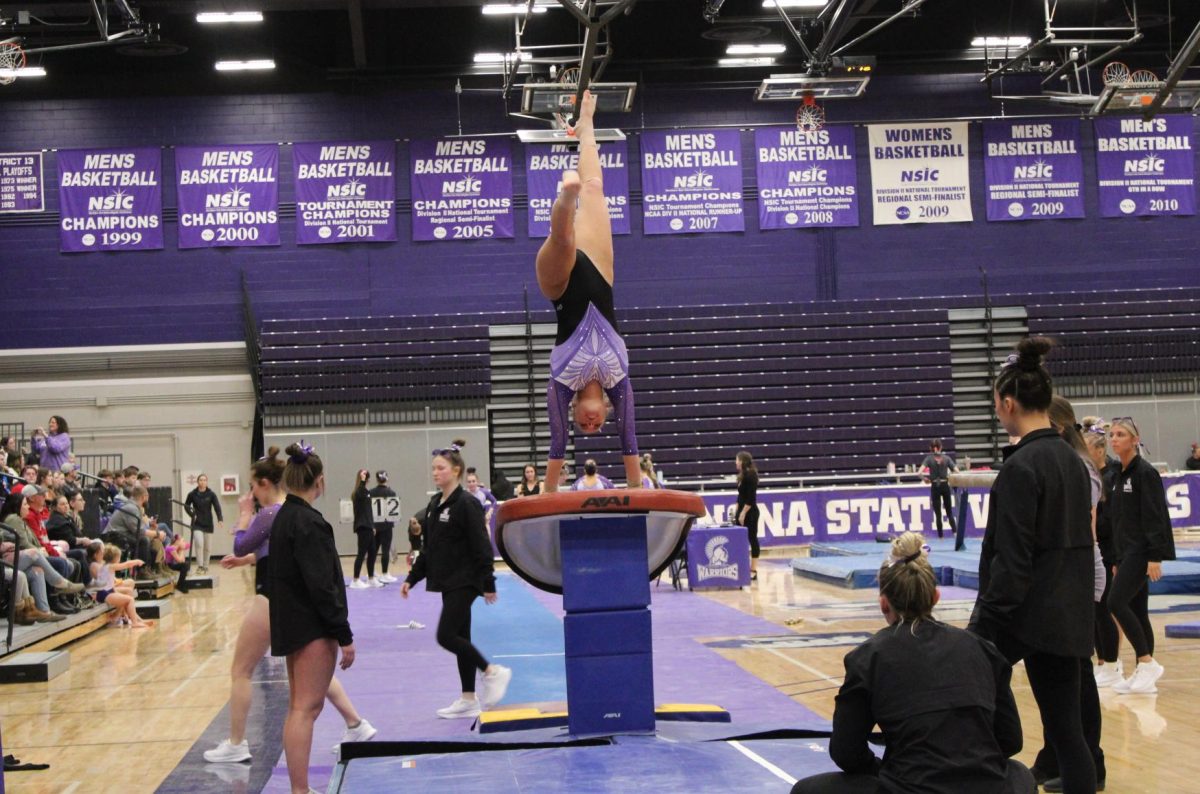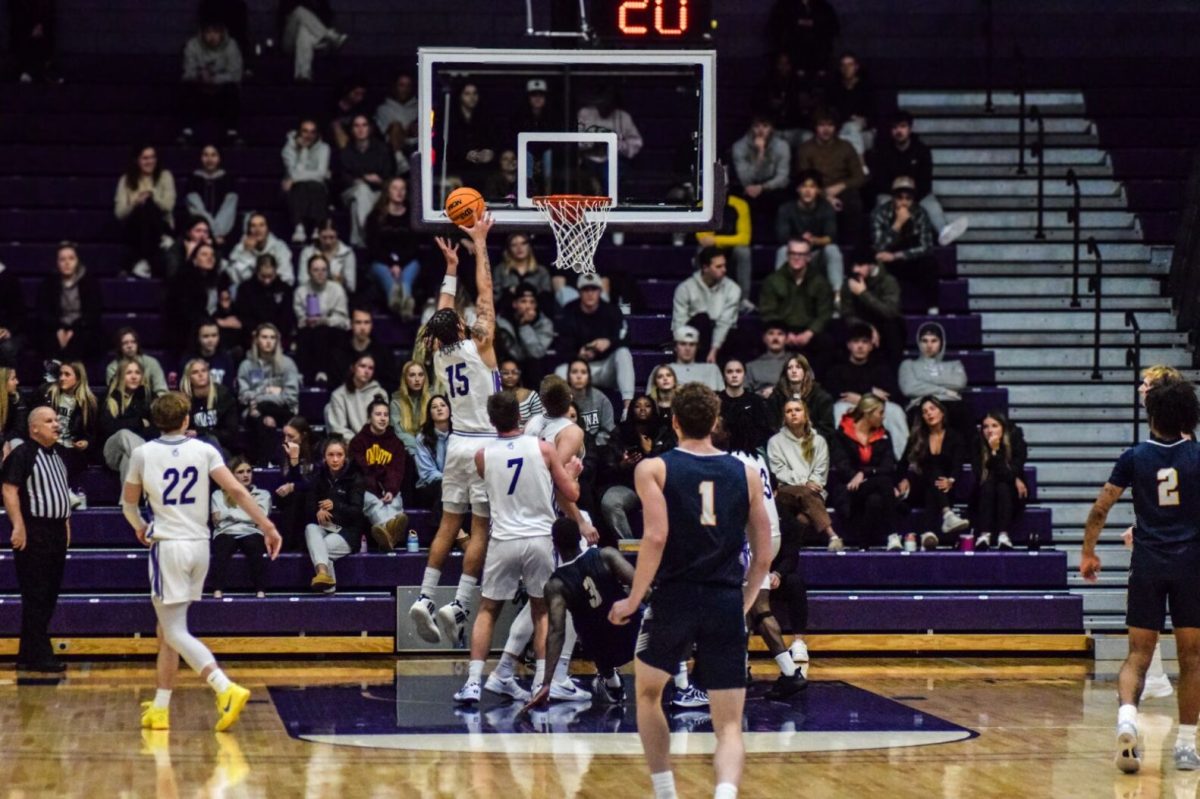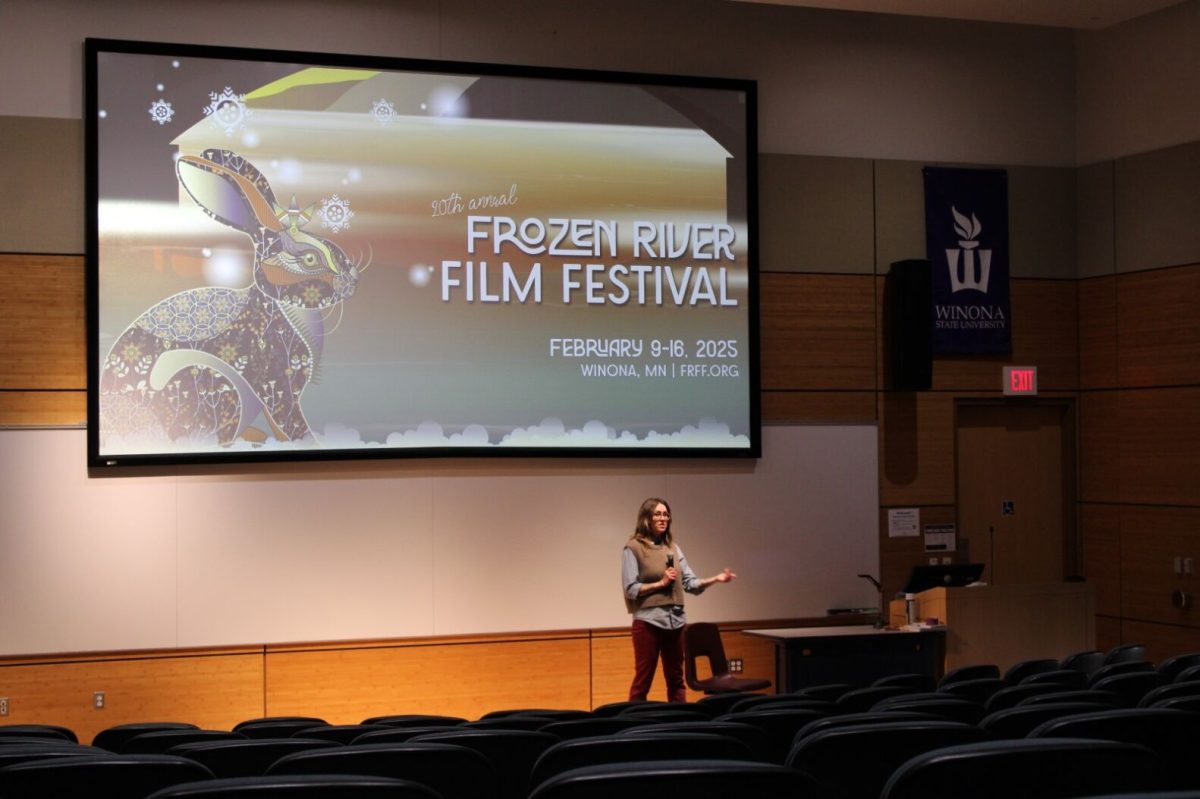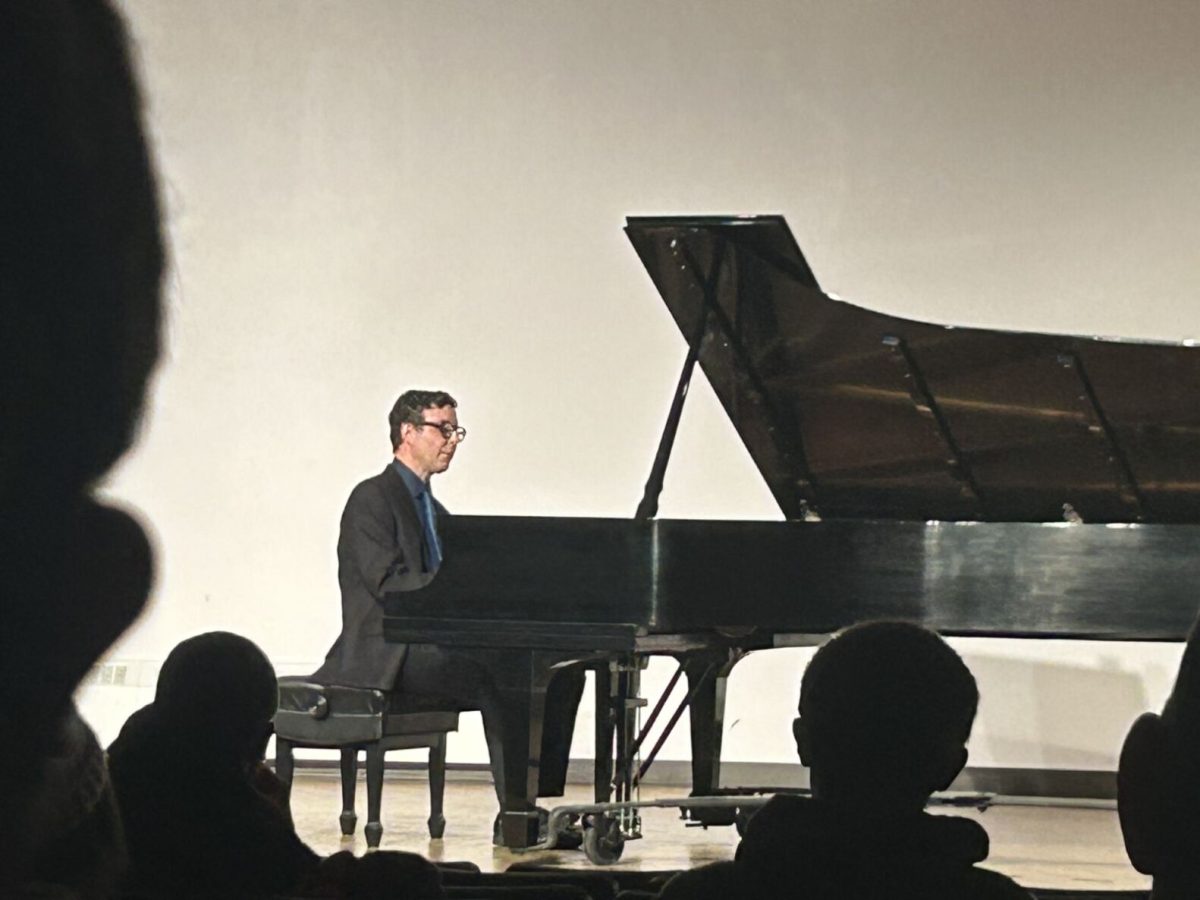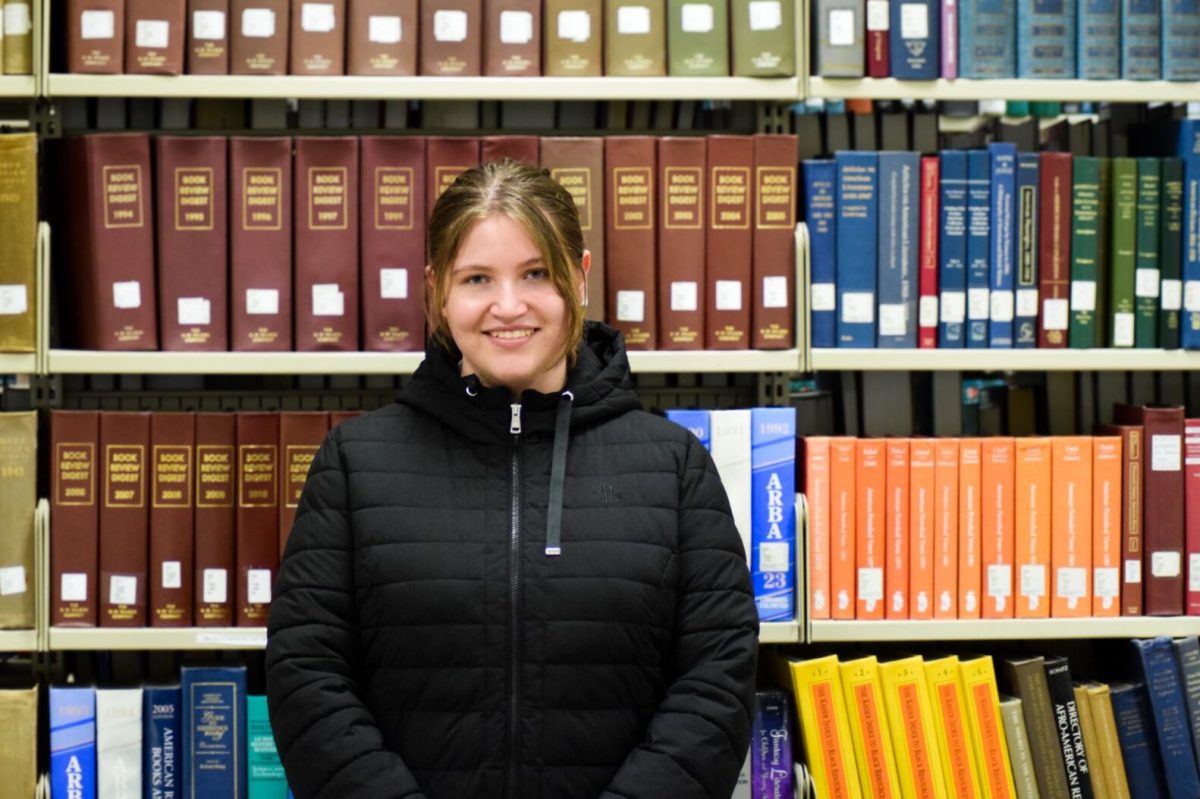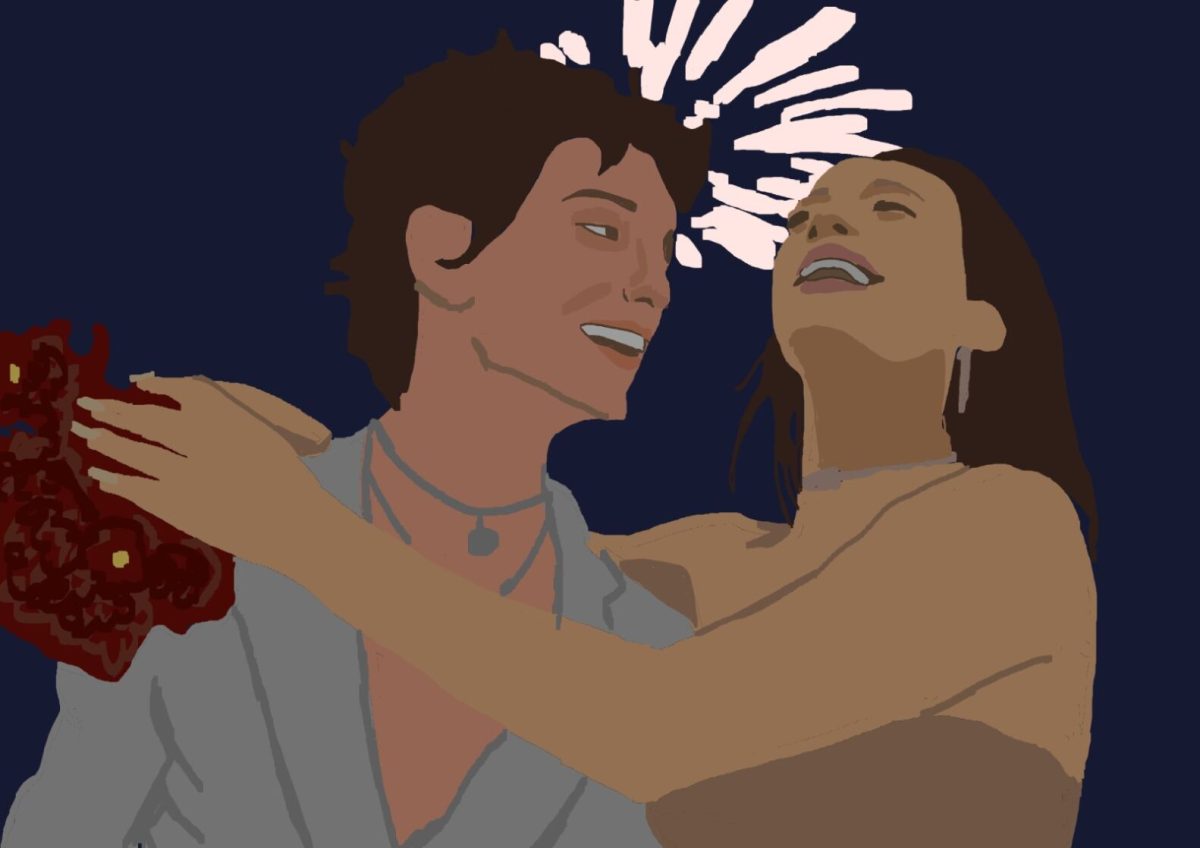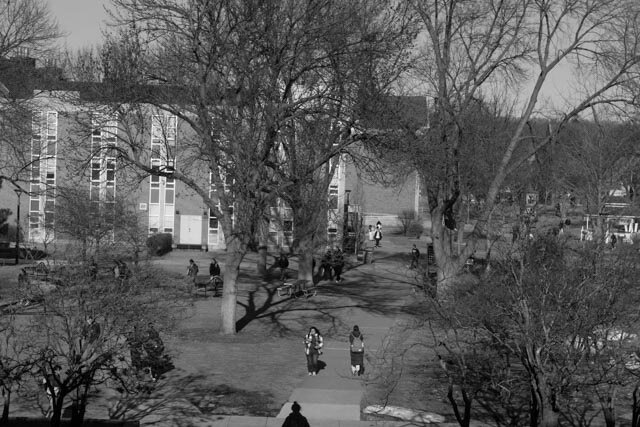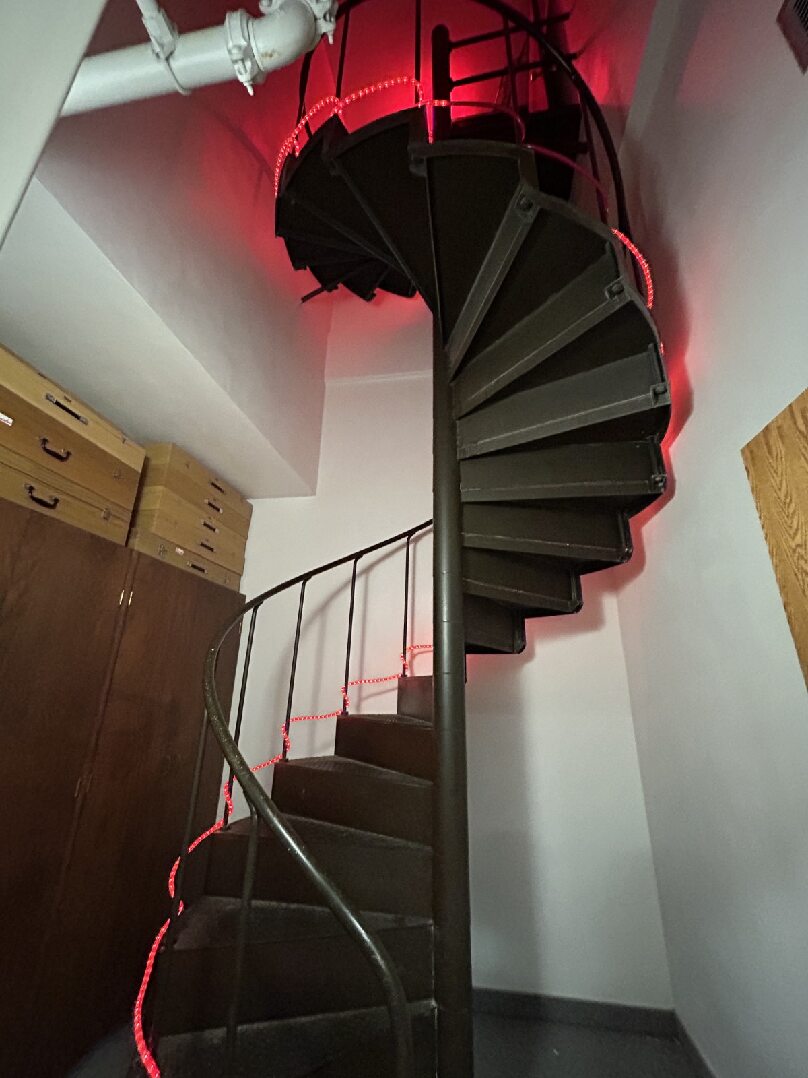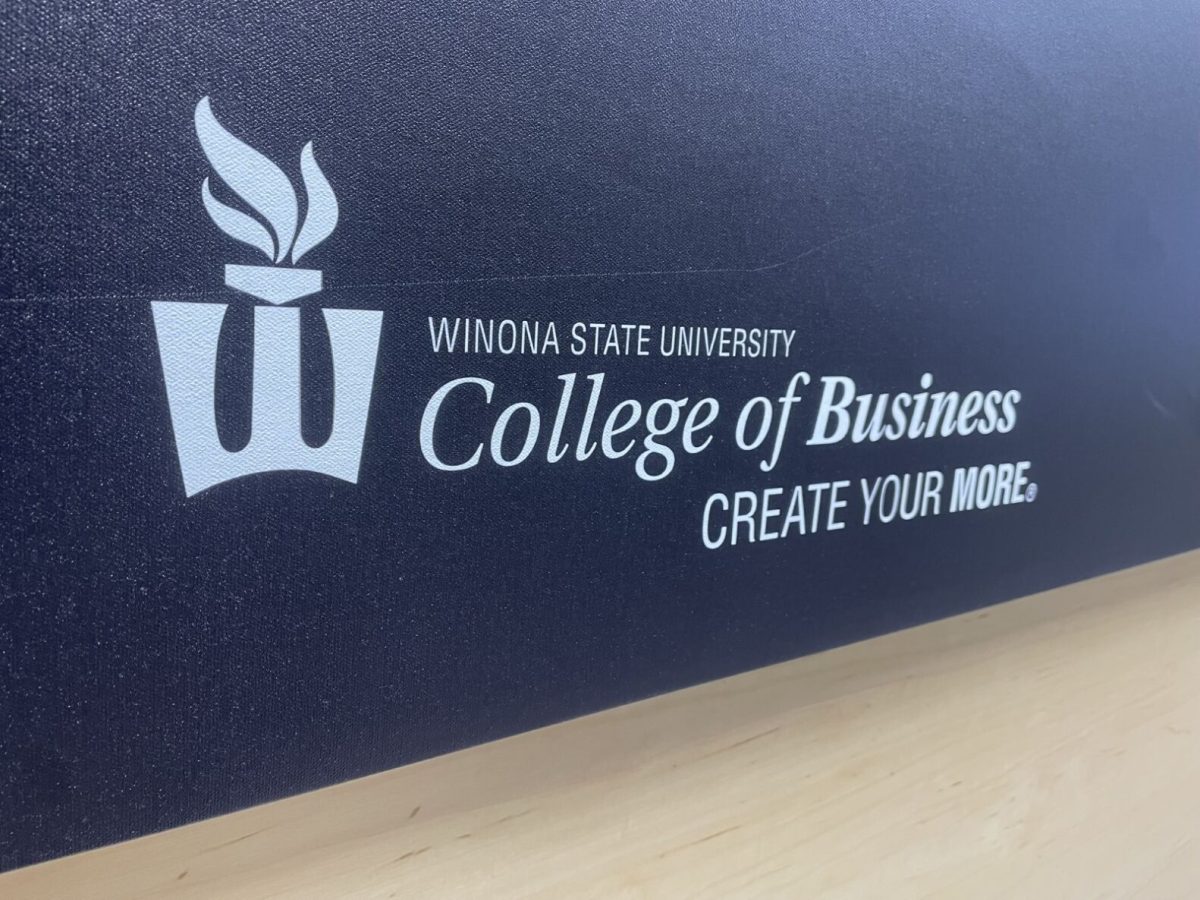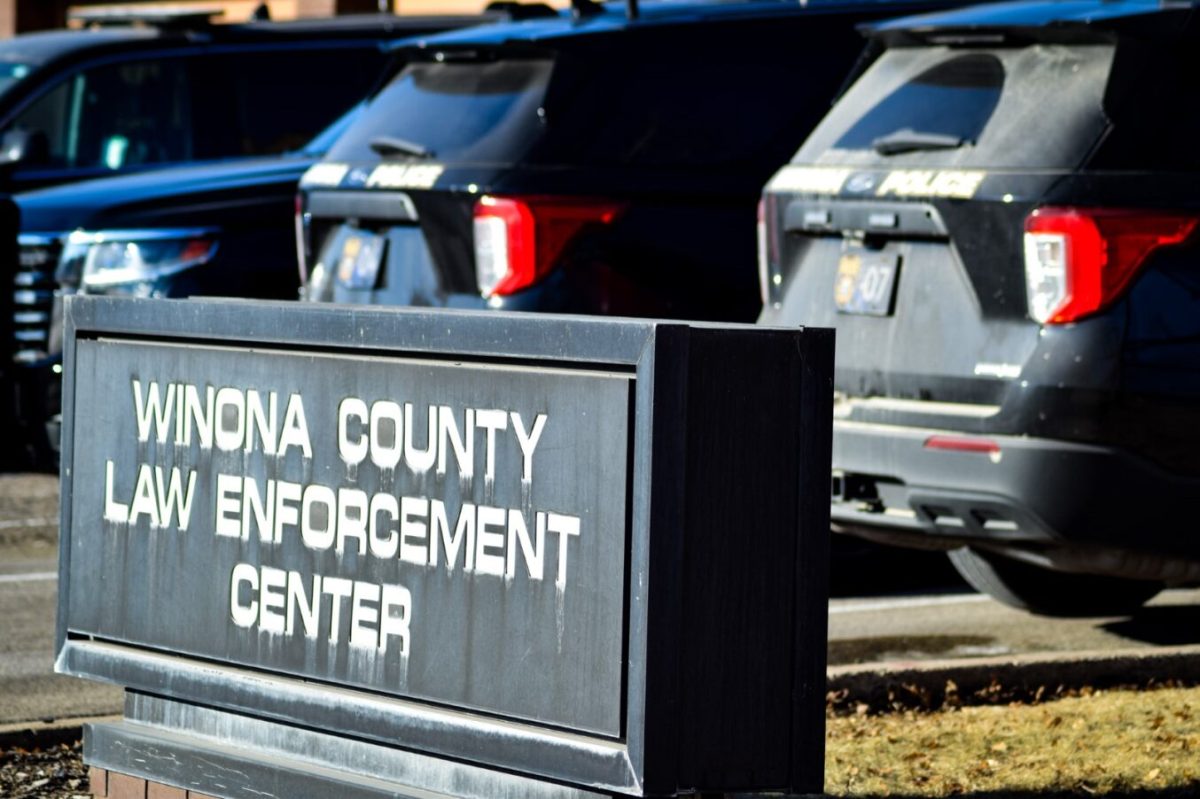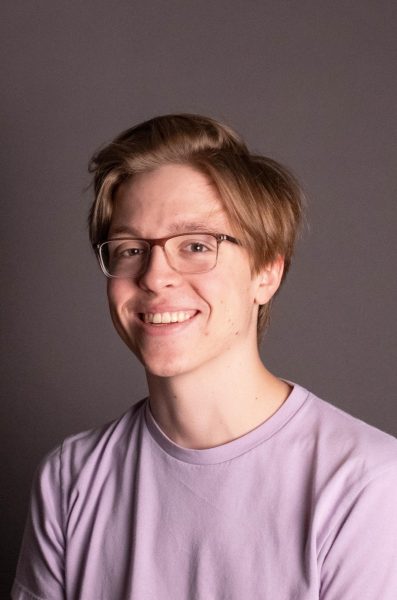On the evening of Tuesday, October 8, the rooftop of Minne Hall was abuzz with curious stargazers who made the trek up the winding spiral staircase in Minne Hall to attend this year’s first Public Observatory Night.
Children held the gloved hands of family members and gazed at the night sky as their hot breaths turned to vapor in the brisk evening air. Booted footsteps echoed along the lifted metal platform as onlookers inched forward in line to see another celestial object with their own two eyes. Regardless of age or interest, everyone was excited about coming face to face with the heavens.
Manning a large telescope pointed down the Mississippi valley was Henry Leckenby, a professor in the physics department volunteering from University of Wisconsin-Stout with a specialization in the stellar.
“There are not a lot of bright stars in the fall, but we still have a little bit of summer left in the high south. Next week, on the 13-14, there will be a comet called ATLAS visible right after sunset,” Leckenby said.
Besides our stars and comets, he was knowledgeable about many facts about Saturn. The thought of seeing our solar system’s sixth planet drew throngs of spectators to his line armed with questions about Saturn and its’ moon Titan, which was a small speck to the right of the astral body.
Families, community members and students alike marveled at the moon through smaller telescopes facing west and tried their best to capture how ornate and detailed it looked through their cell phone cameras. Three attending students Ky Morrison, Karrisa Birch and Stella Rusch gave me their take on the event.
“It’s cool coming up here and seeing the moon, I feel like it calms your heart,” Morrison said. Karissa and Stella came for a class assignment but were happy they did, agreeing that seeing Saturn and the moon up close was well worth it.
A volunteer with a powerful green laser pointer drew attention to the stars and recited the myths behind the constellations visible that night. Since summer stars begin to fade in the fall, it was hard to see how stunning and numerous the star formations were, but as the laser guided viewers’ eyes, children proudly exclaimed ‘Now I can see it!’ to their parents.
There was more to this event than the smaller 8-inch telescopes pointed above the bluffs. Along the front side of the rooftop was an enclosed, domed area emanating a warm red light from inside. Within this building was Dr. Jennifer Anderson, a professor of Geoscience at Winona State University. She gave pointers on how to align the advanced telescope, dubbed “Stella”, with a remote and words of encouragement. This was the first time the telescope had been “woken up” since spring.
According to Dr. Anderson, the current telescope “Stella” is a Meade 12’ reflecting telescope that was purchased in 2007 with support from the College of Science and Engineering. The observatory itself is believed to have been built at the same time as Minne Hall and has been a space for students and the public to learn about what lies beyond our atmosphere. Dr. Andersen was passionate about the observatory and what the future holds for it.
“I would love to see people up here, there are always more things we can do to have fun! With the group of volunteers and astronomy professionals, I feel like we are doing all we can with what we have, and it’s phenomenal,” Anderson said.
The upcoming fall season Public Observatory Nights are set to take place on October 22 from 7-9 PM, November 12 from 6-8 PM, and December 3 from 6-8 PM. Spring season dates are yet to be announced. To reach the observatory: go to the third floor of Minne Hall, follow the red lights to the observatory door and ascend the spiral staircase to the roof. All Public Observatory Nights are weather permitting as the observatory is not a planetarium and relies on clear skies for stargazing.


